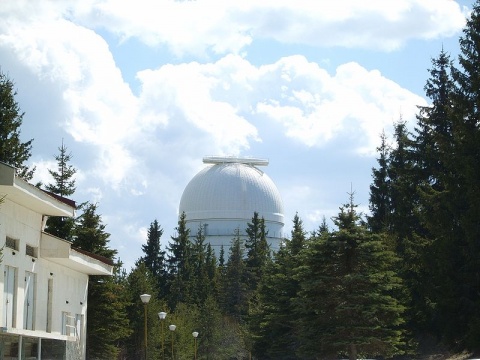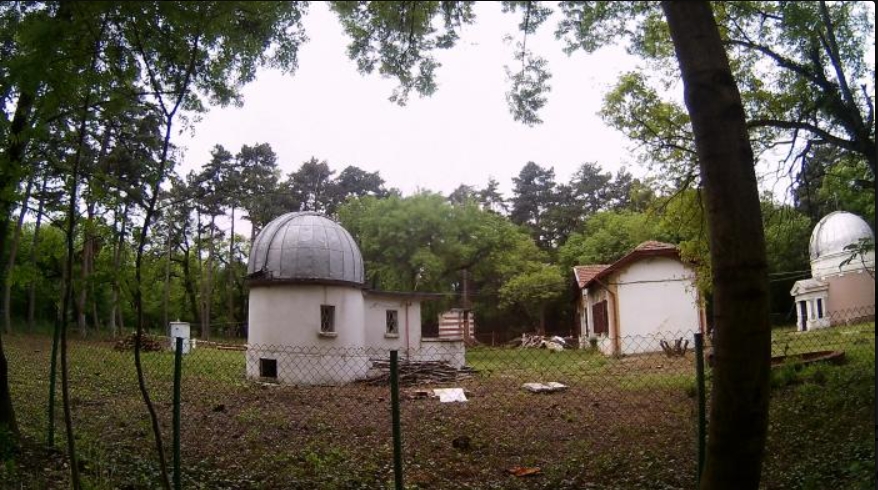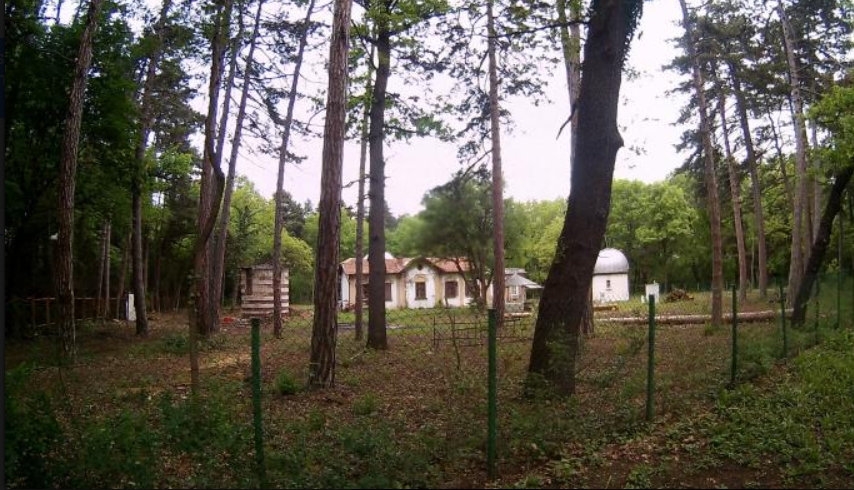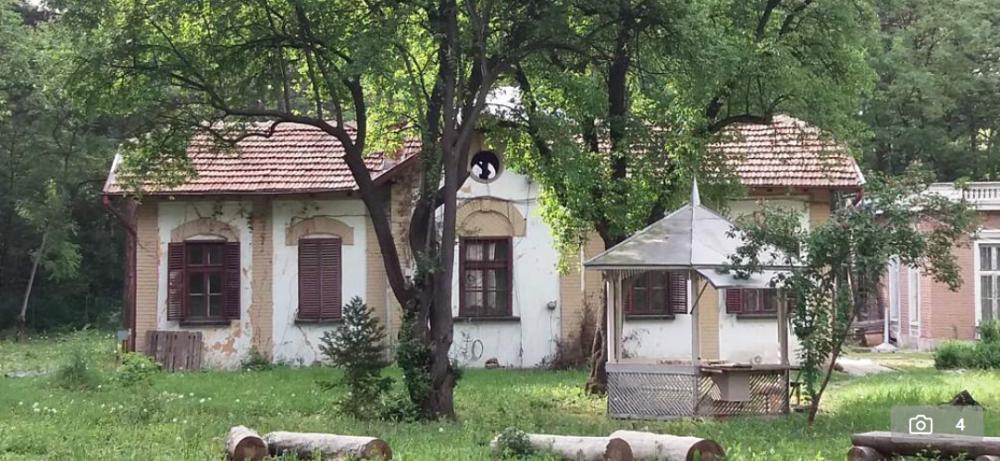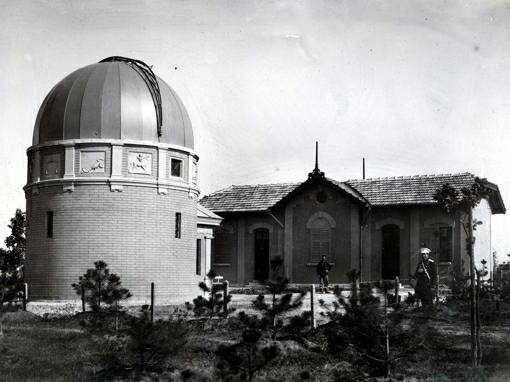
Category of Astronomical Heritage: tangible immovable
Sofia University Observatory, Sofia, Bulgaria

Description
Geographical position
Astronomical Observatory at the University of Sofia "St. Kliment Ohridski", Department of Astronomy, Faculty of Physics, 5 "James Bourchier" Blvd., 1164 Sofia, Bulgaria
See also Rozhen Observatory or Bulgarian National Astronomical Observatory (1981)
Location
Latitude 42.681964° N, longitude 23.344570° E, Elevation ...m above mean sea level.
IAU observatory code
-
Description of (scientific/cultural/natural) heritage
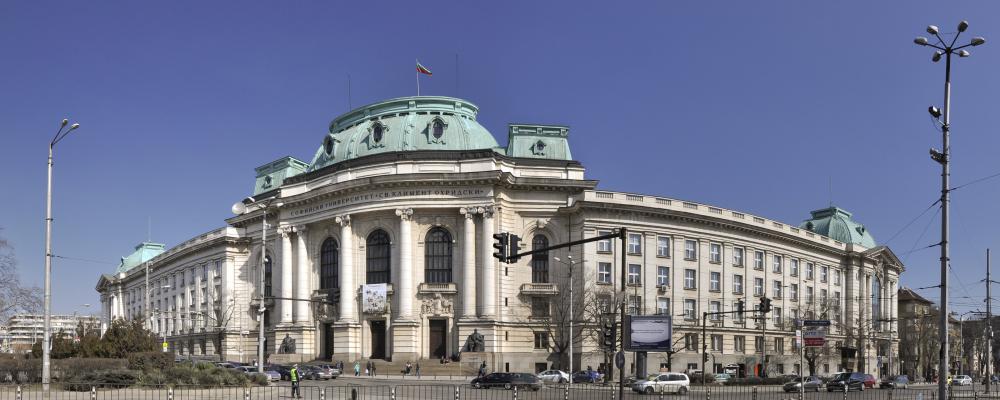
Fig. 1. Sofia University, founded in 1888, the building was constructed between 1924 and 1934 (Wikipedia)
The University of Sofia, the first higher educational institution in Bulgaria after the Liberation (1878), was founded in 1888.
One year later the Department of Astronomy at the Faculty of Physics was founded in 1889. In 1904, Sofia University was named "St. Kliment Ohridski". The building of the university, 15 Tsar Osvoboditel Boulevard, Sofia, was constructed between 1924 and 1934.

Fig. 2a. Sofia University Observatory, built in 1892/94 (photo: Jordan Kovachev, first assistant (1899), oldastro.phys.uni-sofia)

Fig. 2b. Sofia University Observatory (STEAM2018-0107)
The Astronomical Observatory at the University of Sofia "St. Kliment Ohridski" was built in 1892/94 in Borisova Gradina Park, initiated by Prof. Marin Bachevarov (1859--1926), the first professor in astronomy at the University since 1892. Already in 1887, the first meteorological station was founded. The main astronomical teaching topics were spherical astronomy, planetary and celestial mechanics, in 1897, astrophysics was introduced. In 1910, he established the Institute of Astronomy. In addition, Iordan Kovachev (*1875) was called as first assistant professor from 1901 to 1904. Bachevarov observed Halley’s comet in 1910; also ephemerids were calculated.
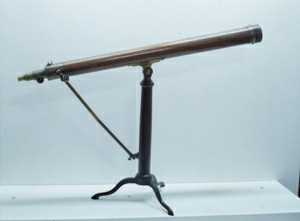
Fig. 3a. Petar Beron’s telescope, Merz of Munich, first telescope of Sofia University Observatory (oldastro.phys.uni-sofia)
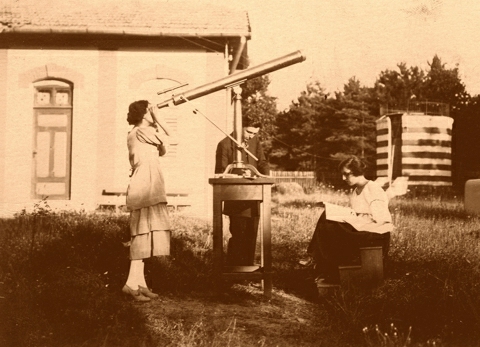
Fig. 3b. Merz telescope, used for teaching in 1921 in Sofia University Observatory (oldastro.phys.uni-sofia)
The first small telescope, made by Merz of Munich, came from the Bulgarian scientist Dr. Peter Beron. In 1886, Peter Beron’s nephew, Stefan Beron, donated it, then it came to the university in 1892; on display in the National Polytechnic Museum in Sofia.
Bachevarov acquired the first telescope in Bulgaria, the 6-inch (15.2cm) Refractor with equatorial mounting, made by Grubb of Dublin (1897).
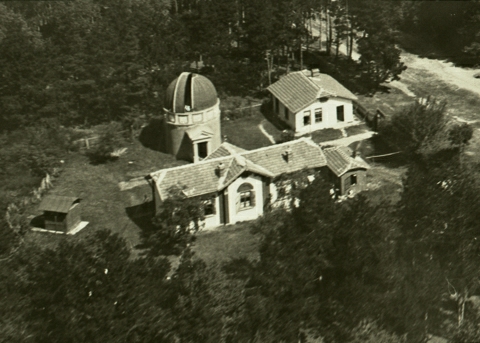
Fig. 4a. Sofia University Observatory in 1934 (oldastro.phys.uni-sofia)
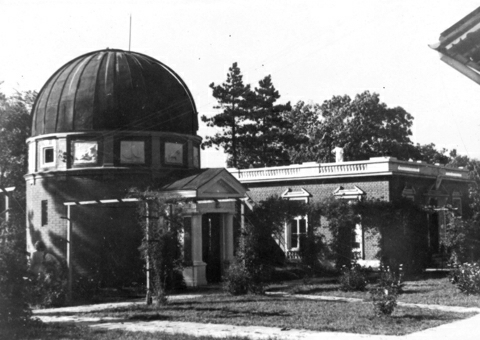
Fig. 4b. Sofia University Observatory in 1945 (oldastro.phys.uni-sofia)
Nikola Ivanov Bonev (1898--1979), director from 1928 to 1965, modernized the observatory and added buildings. From 1942 to 1986, the Observatory had a timekeeping service. The launch of the first artificial Earth satellites were observed from here.
History
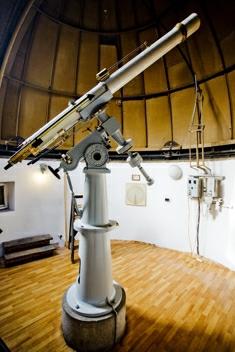
Fig. 5a. 15.2-cm- Grubb Refractor (1897) of Sofia University Observatory (STEAM2018-0107)

Fig. 5b. 15.2-cm- Grubb Refractor (1897) of Sofia University Observatory (oldastro.phys.uni-sofia)
Instruments
- Small telescope, made by Merz of Munich, used for student education
- 6-inch (15.2cm) Refractor with equatorial mounting, made by Grubb of Dublin (1897)
- 14-inch modern Newtonian telescope
- 14-inch CGE-1400 - Celestron
- Radio telescope with a 23-m-diameter dish (90-inch)
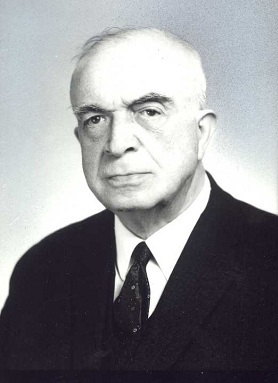
Fig. 6. Nikola Ivanov Bonev (1898--1979), director of Sofia Observatory from 1928 to 1965 (Wikipedia)
Directors
- 1892 to 1926 -- Marin Bachevarov (1859--1926),
Assistant professors:
1901 to 1904 -- Iordan Kovachev (1875--....), assistant professor
1904 to 1914 Kiril Popov (1880--1966), assistant professor
1907 to 1908 -- Nikola Stoyanov (1874--....), assistant professor
1924 to 1927 -- Ventsislav Chernokolev (1896--....) - 1927 to .... -- Ruscho Rainov (1894--....), assistant professor
- 1928 to 1965 -- Nikola Ivanov Bonev (1898--1979), 1937 associate professor, modernized the observatory and added buildings
Assistant professors:
1941 to 1946 -- Razum Andreichin (1911--1997), first photoelectric observations in Bulgaria, 1943--1945
1945 to .... -- Malina Popova, first Bulgarian female doctor in astronomy
1946 to .... -- Angel Bonov (1919--1985), 1971 associate professor, discovered the 176-year cycle of the Sun’s activity - 1966 to 1989 -- Nikola Nikolov
- Since 1989 -- associate professors: Peter Kunchev, D.Sc. Georgi Ivanov and Prof. Valeri Golev
- Since 2015 -- Evgeni Petev Ovcharov, 2012 associate professor
State of preservation
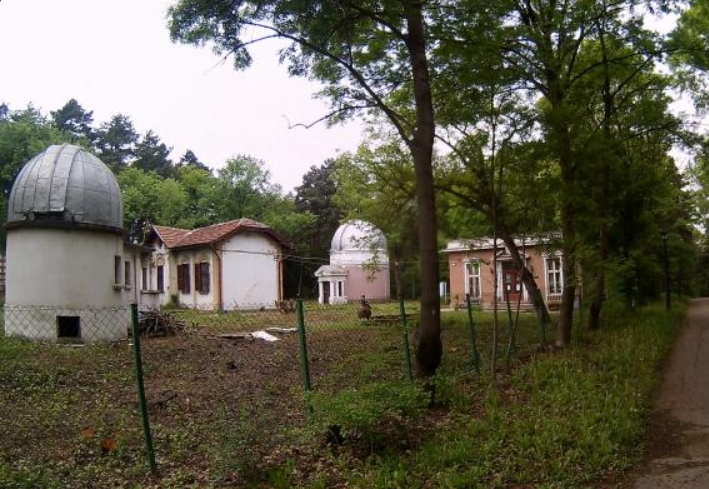
Fig. 7. Sofia University Observatory (Wikipedia)
The first Astronomical Observatory in Bulgaria will be entirely restored (2019).
Comparison with related/similar sites
It is a typical one-dome observatory like Copenhagen or Lund.
Threats or potential threats
no information available
Present use
The research in the Institute of Astronomy includes Variable Stars, Extragalactic Astronomy, Observational Methods, Stellar Atmospheres, Active Galactic Nuclei, and Cosmology.
In addition, the observatory with the historic 15.2cm-Grubb-Refractor is used for public outreach.
Astronomical relevance today
The Institute of Astronomy (IA) with the Bulgarian National Astronomical Observatory (NAO) employ about 50 astronomers who are working in the following fields of research:
- Small bodies in the Solar system (physics and chemistry of asteroids, comets, planet satellites);
- Solar astrophysics (computer simulations of active processes, magneto-hydro-dynamical modeling);
- Stellar astrophysics (symbiotic stars, peculiar stars, cataclysmic variables, flare stars)
- Extragalactic research (active galactic nuclei, large scale structures in the Universe, cosmology).

Fig. 8a. 2m-dome of Rozhen Observatory (1981), (Wikipedia, CC2, Photo: Daniel Chanliev)
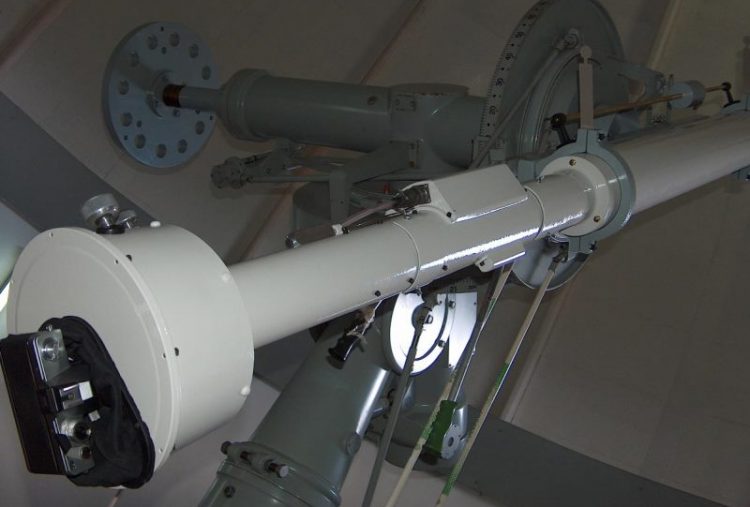
Fig. 8b. Solar Telescope (credit Rozhen Observatory)
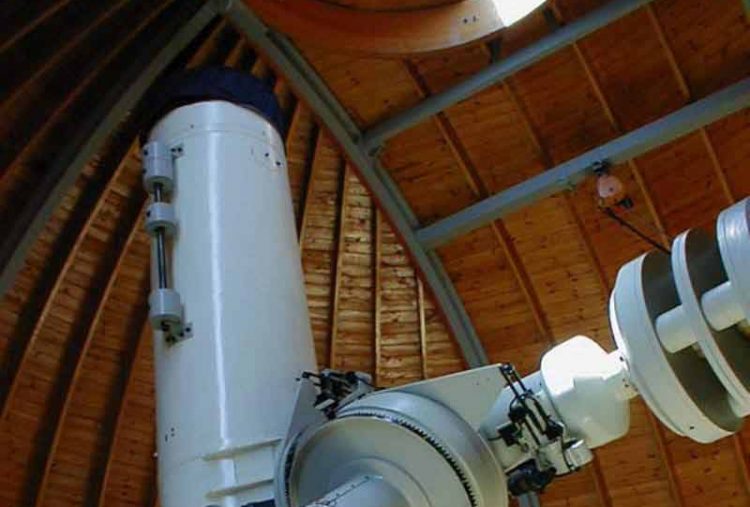
Fig. 8c. 50/70-cm Schmidt camera (credit Rozhen Observatory)
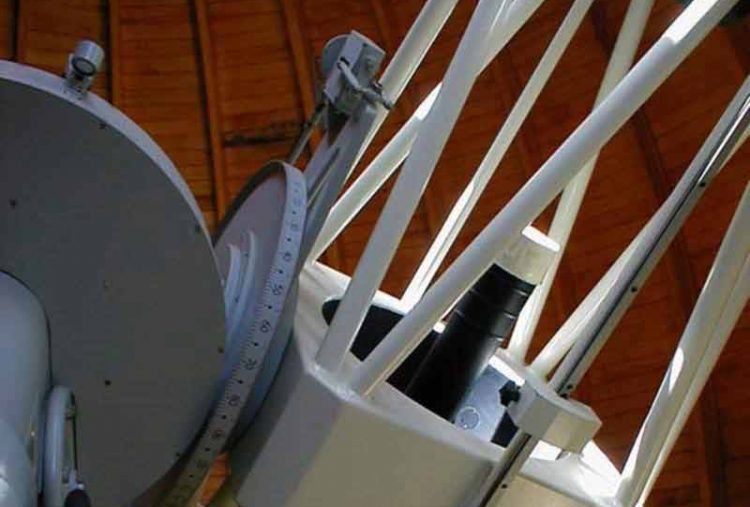
Fig. 8d. 60-cm Cassegrain telescope (credit Rozhen Observatory)
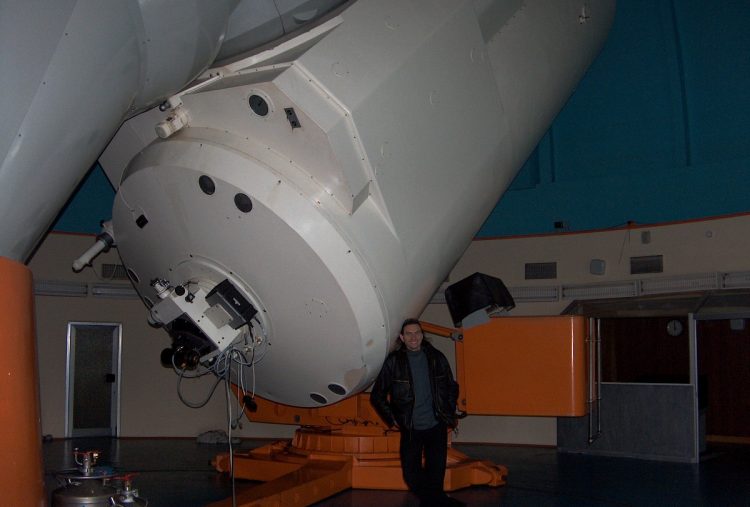
Fig. 8e. 200-cm Ritchey-Chretien-Coudé telescope (RRC), (credit Rozhen Observatory)
Rozhen Observatory or Bulgarian National Astronomical Observatory (1981), NAO Rozhen, Smolyan, near Chepelare southern Bulgaria, 90km south of the city of Plovdiv (IAU code 071), 41°41’36’’ N 24°44’20’’ E, 1759m
Telescopes:
- 200-cm Ritchey-Chretien telescope (supplied with Coudé focus) RRC
- 60-cm Cassegrain telescope
- 50/70-cm Schmidt camera
- 15-cm Solar telescope
References
Bibliography (books and published articles)
- ...
- Tsvetkov, Milcho K.: The 50/70-cm Schmidt Telsscope at the Bulgarian National Astronomical Observatory. In: Capaccioli, M. (eds): Astronomy with Schmidt-Type Telescopes. Dordrecht: Springer (Astrophysics and Space Science Library book series, ASSL,volume 110) 1982, p. 207-209.
(https://doi.org/10.1007/978-94-009-6387-0_31).
Links to external sites
- Sofia University Astronomical Observatory
- Department of Astronomy, Sofia University "St. Kliment Ohridski"
- Department of Astronomy, Sofia University "St. Kliment Ohridski" -- History
- Institute of Astronomy with National Astronomical Observatory
- Rozhen Observatory -- Bulgarian National Astronomical Observatory
Links to external on-line pictures
no information available
No multimedia content published
Currently there is no multimedia content published for this case study








